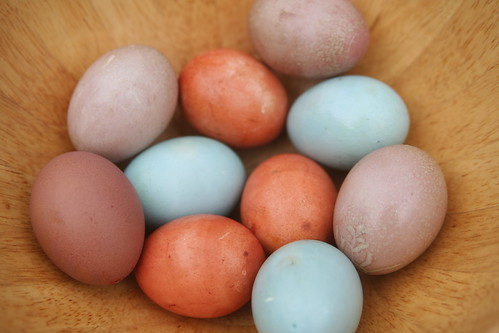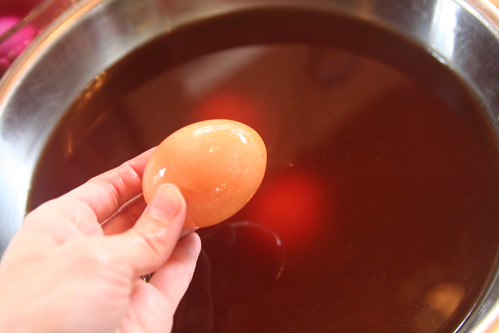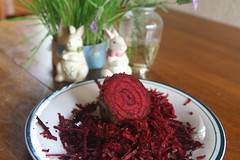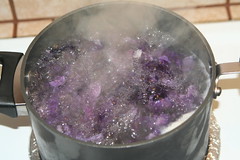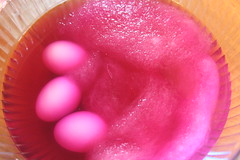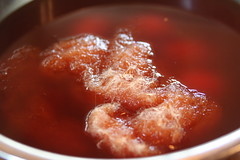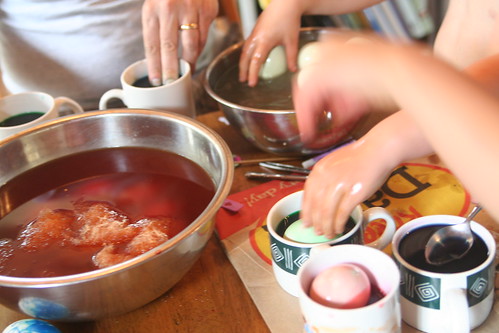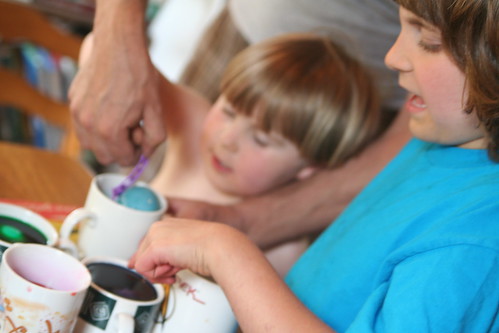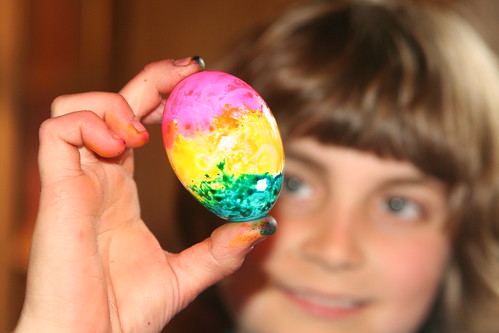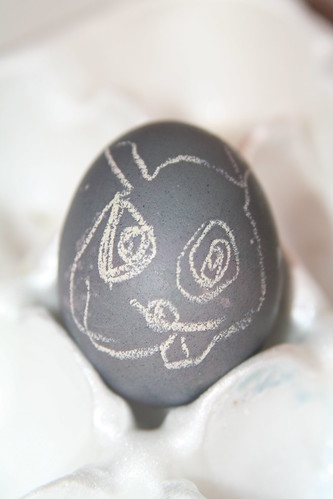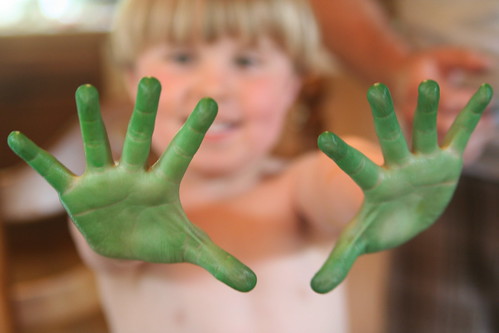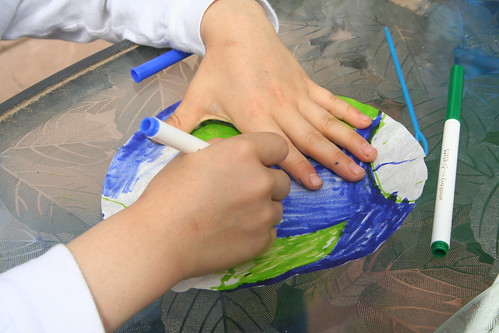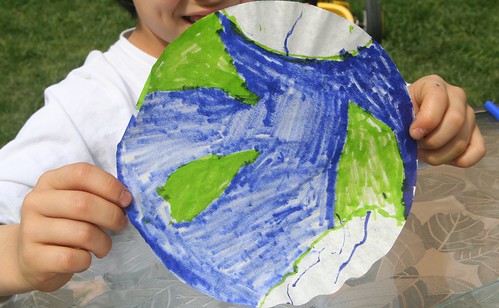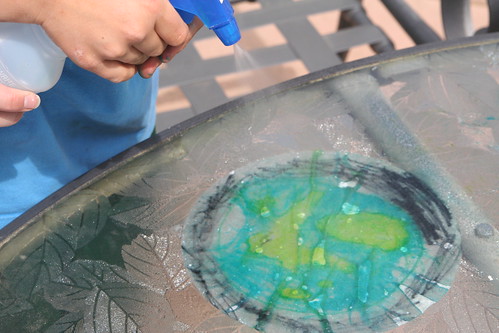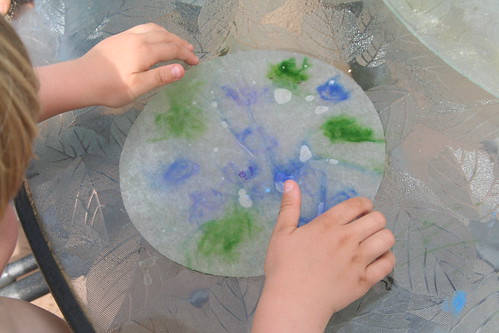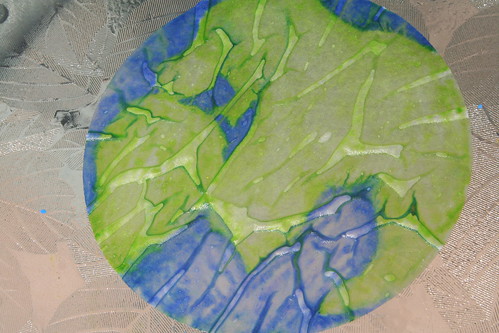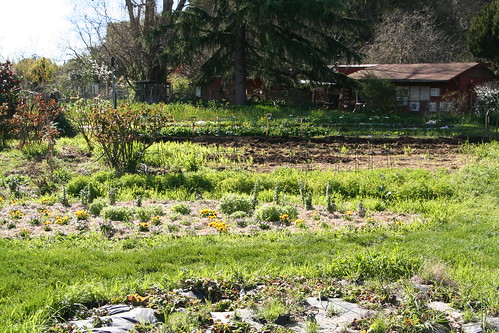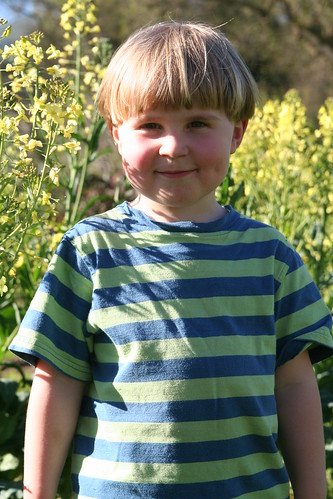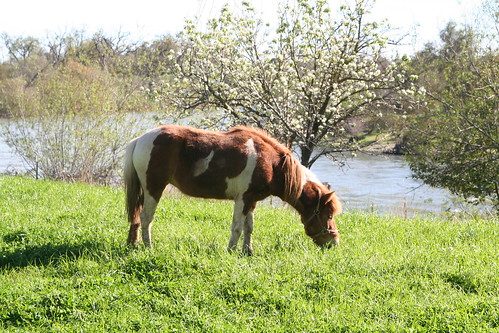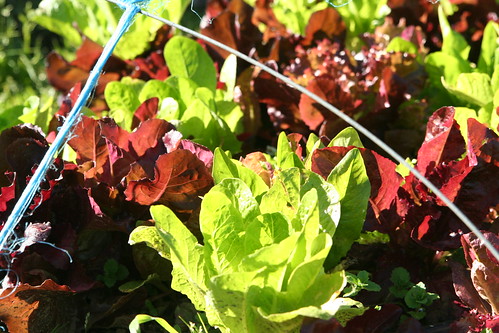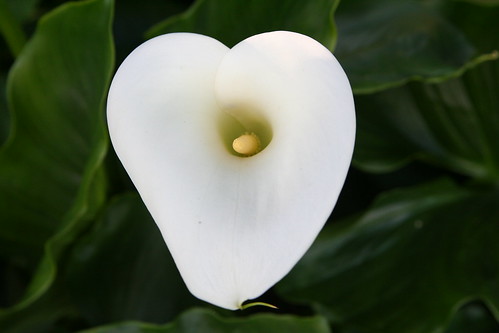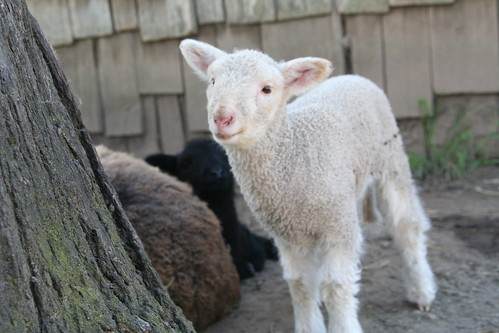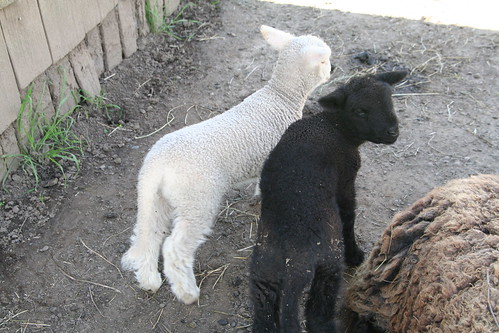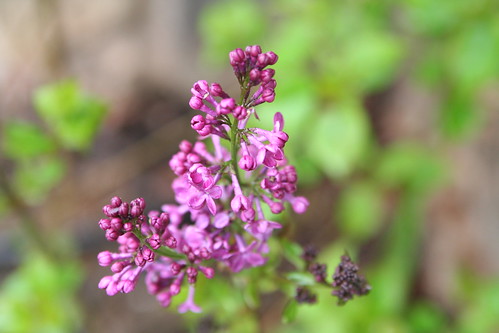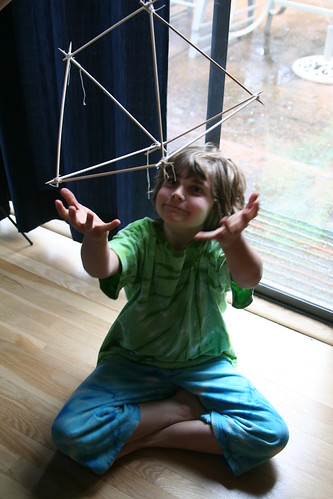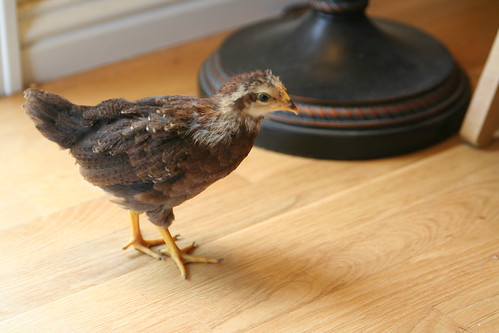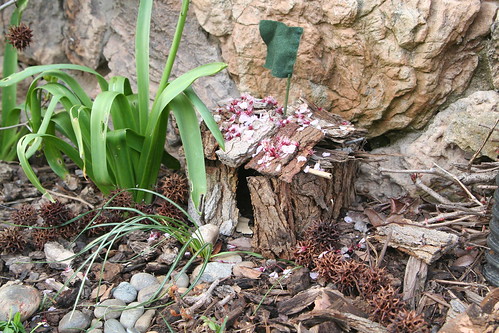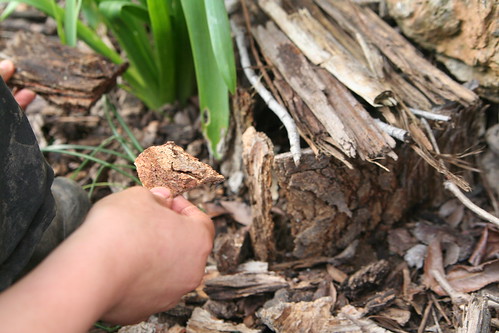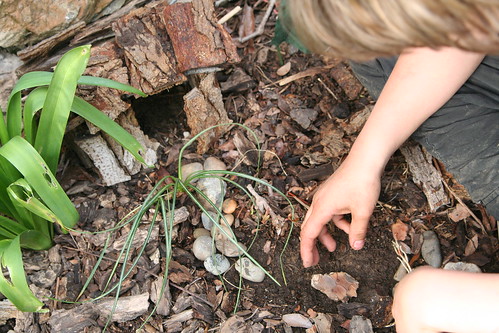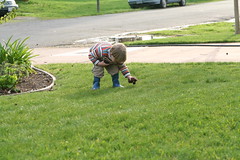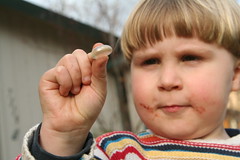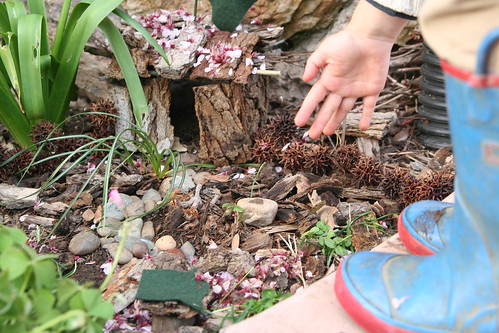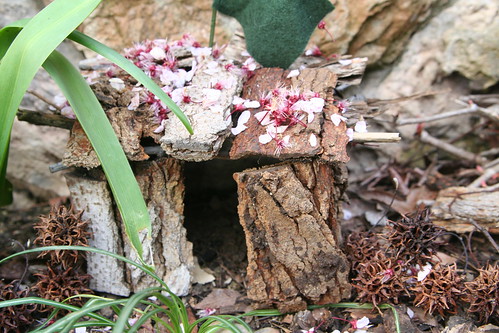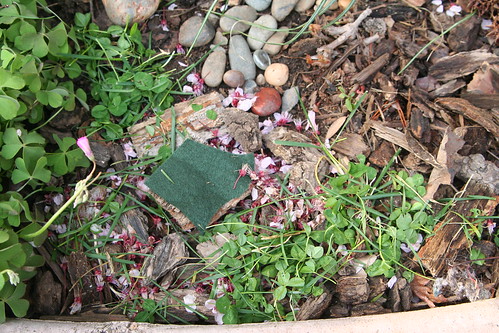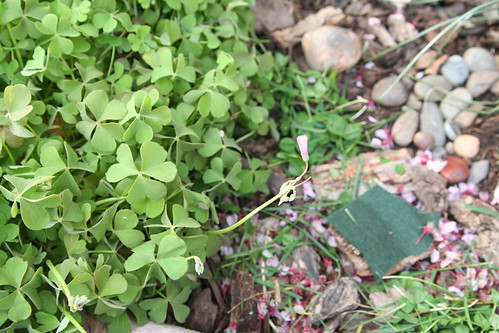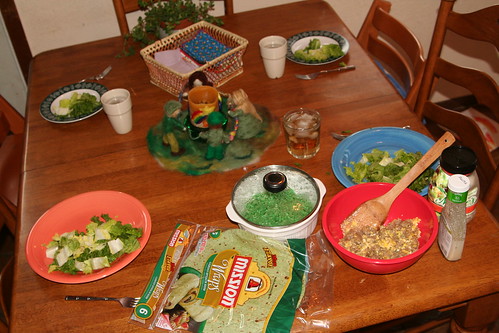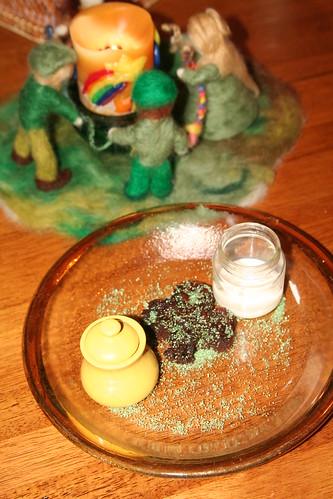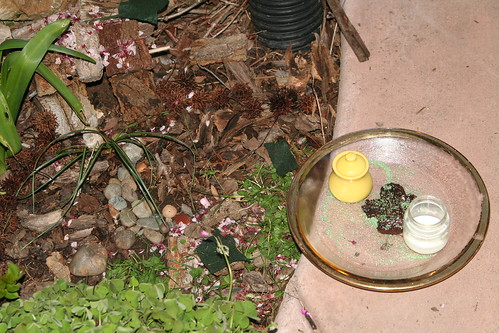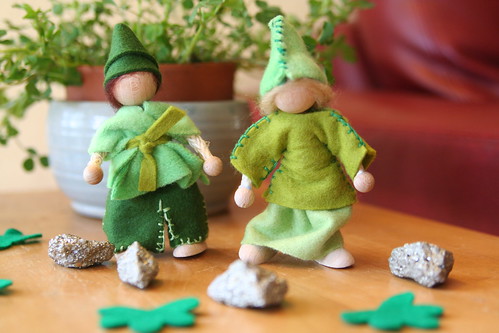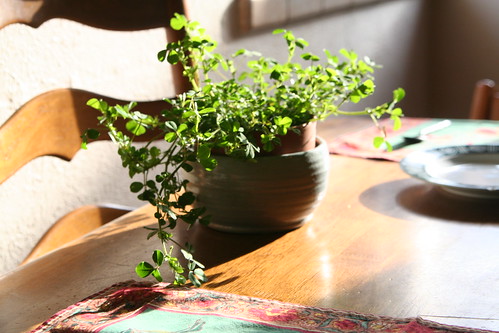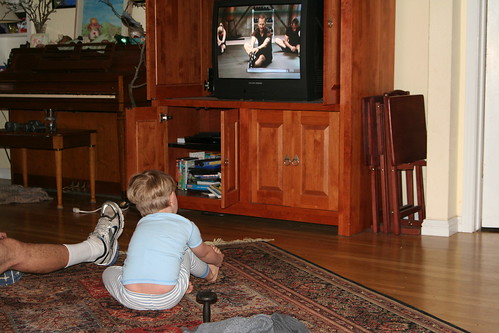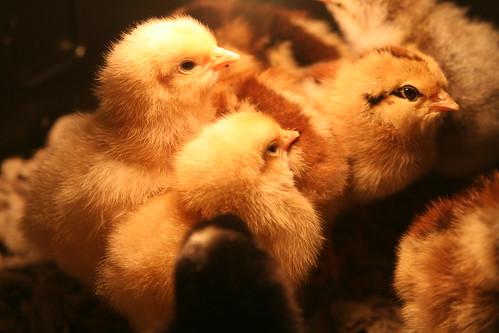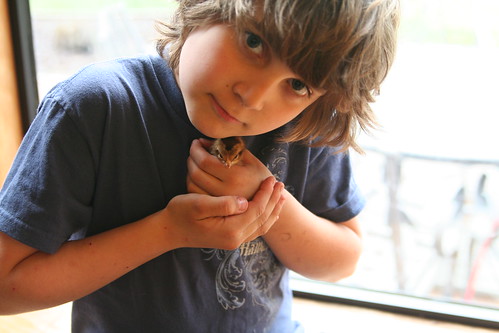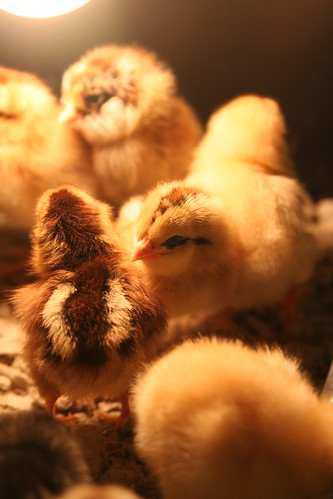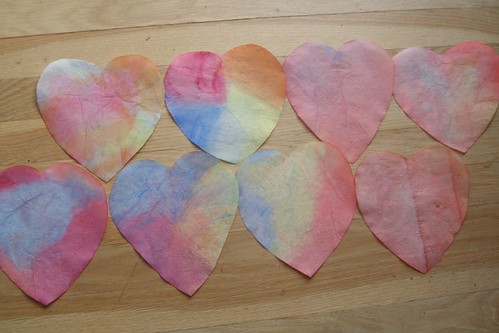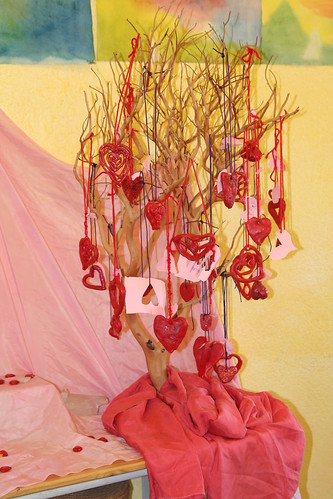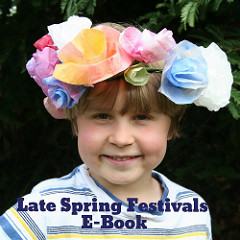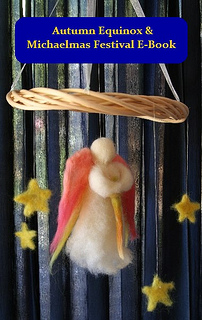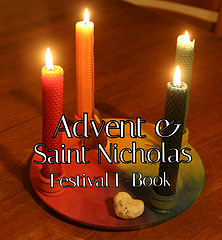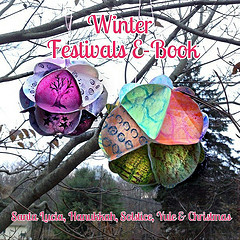Easter Eggs
Dyeing Easter Eggs is always so much fun. I like the kitchen science aspect of using natural dyes and I love how naturally dyed eggs turn out. I also love the colors of conventionally dyed eggs and so do my kids, so we often end up doing both.
This year, we dyed both store-bought eggs and home eggs (of three colors) from our hens. Some were whole and others were blown. For the natural dyes, we used yellow onion skin (a totally reliable, works-every-time natural dye material), beets (less reliable), and red cabbage (which yields blue eggs instead of red).
Here we have cabbage- and beet-dyed eggs on the left. An onion-skin egg is in the lower right corner, and the green eggs are undyed. That’s how they come out of the chicken! The beet-dyed eggs are a gorgeous mauve at first, but they quickly fade to a grayish pink. I need to find out if there’s a way of fixing the color. In our excitement, we forgot to do the yellow Turmeric dye.
While we were going about the business of dying eggs, we decided to dye some wool, too. Lucas just recently finished his clothing block at Sacramento Waldorf School’s third grade. He learned to spin wool to make yarn, and has it in mind to spin at home. We figured, wouldn’t it be even more fun to spin yarn from wool we dyed ourselves?
Meanwhile, we also used the conventional food dyes on some eggs. Since many of our eggs were blown, we had to hold them down in the dye baths.
Asher thought this whole thing was pretty cool. “It’s SCIENCE!”
Our egg dying kit came with a kind of sponge paint for dramatic effects, and both kids enjoyed doing that, too.
Lucas made a rainbow egg.
And we lucked into this black egg—now we need to market the secret of black Easter eggs to Goth Kids everywhere! It’s not what you might think. This is a green Araucana egg dyed in a purple dye bath. Lucas dubbed it the “Easter Bunny of Doom!”
And this is to be expected. Such glee!
